Real Commerce With Mobile!
In last week’s blog, we discussed how we are entering the Web 3.0 world. That world consists of mobile. We talked about creating real value for customers and real commerce for merchants. I recently came across some really great examples of this in an article called Web 3.0: The Mobile Era written by Jay Jamison, who has a venture company that invests in early stage mobile companies.
Mobile acts as a much tighter link connecting advertisers and users, which makes it easier to close a transaction. Jay says “Now technology services have the ability to leverage not just the social graph data from Facebook, but even more real-time / real-world information. Your current location, weather, traffic, local merchants other friends nearby, how often you’ve been to this specific store or location are available (or will be soon). And this in turn provides a whole new level of commerce opportunities for potential advertisers.”
Let’s look at a few companies that are already doing this, like Waze, ShopKick, and Foodspotting. Waze is a service for social mapping and GPS. It provides the fastest routes around congestion with real time traffic information. You can also get offers for the cheapest gas along your route from Waze. Do you think this will drive some people to do business through those offers?
Another mobile app called Shopkick is pretty neat in that it turns the shopping experience into a game. It rewards shoppers for tasks and quests that they complete, and Shopkick is showing that shoppers spend more money in stores while using their app.
How would you like to know the best dishes to buy at local restaurants? With the Foodspotting app, you can. It knows where you are and shows you the pictures of what others rate as the best food at nearby establishments. This is very cool for the merchants because they can offer promotions to those that are looking at the dishes they want to order, which will drive people to go there to eat. What’s to think about? You are looking at a yummy dish that you already are dying to try, and a promotion comes along with it. I am seeing the dollar signs, are you?
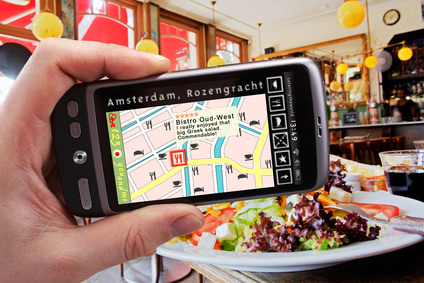 As I assume you are staring to guess, the world of mobile is going to be exciting for both the users and businesses out there. This is not a world of ads that will pop up on your screen. This is more about the creative interaction that can occur when you position all the technology that we have in our hands in a way that engages our customers to want to spend money with us. This will be a disruptive world and one in which the innovators will be the winners.
As I assume you are staring to guess, the world of mobile is going to be exciting for both the users and businesses out there. This is not a world of ads that will pop up on your screen. This is more about the creative interaction that can occur when you position all the technology that we have in our hands in a way that engages our customers to want to spend money with us. This will be a disruptive world and one in which the innovators will be the winners.
What are you doing to engage your customers with the mobile experience and make them more eager to spend with you?
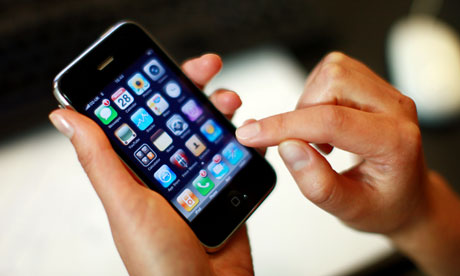

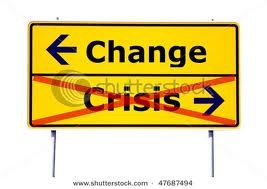
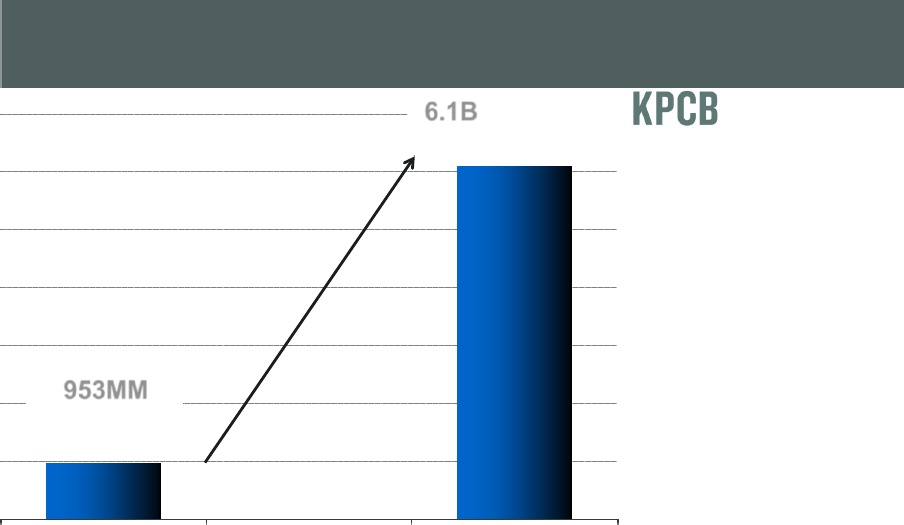

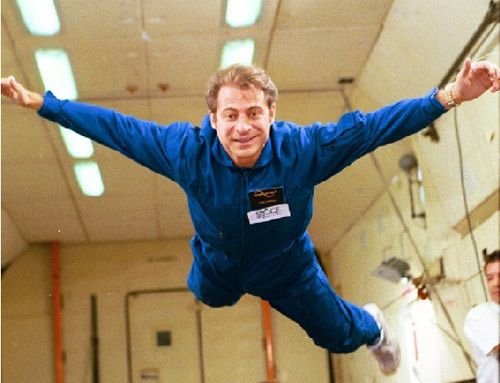

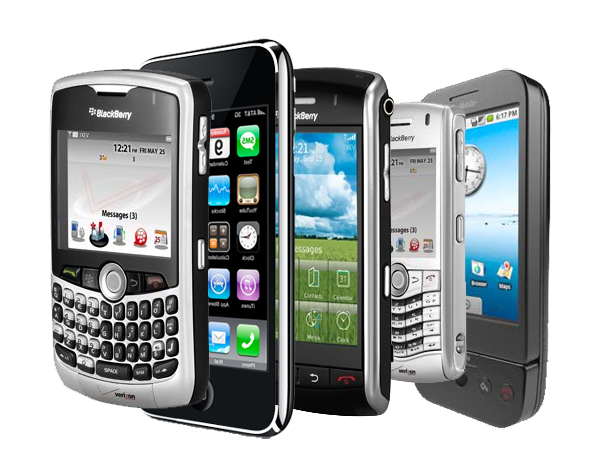 This continued for a few years. Now all our team members, from the lowest to the highest paid, have cell phones. At this point, eight of them have smartphones, and I see the rest upgrading in a year or so. I can see this new global customer base growing right before my eyes.
This continued for a few years. Now all our team members, from the lowest to the highest paid, have cell phones. At this point, eight of them have smartphones, and I see the rest upgrading in a year or so. I can see this new global customer base growing right before my eyes. As a follow up to
As a follow up to